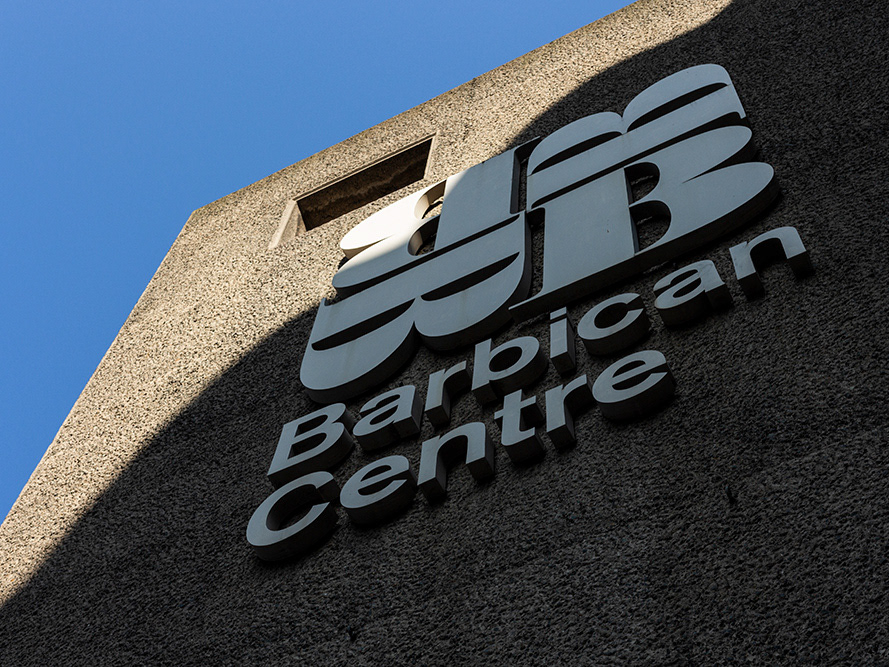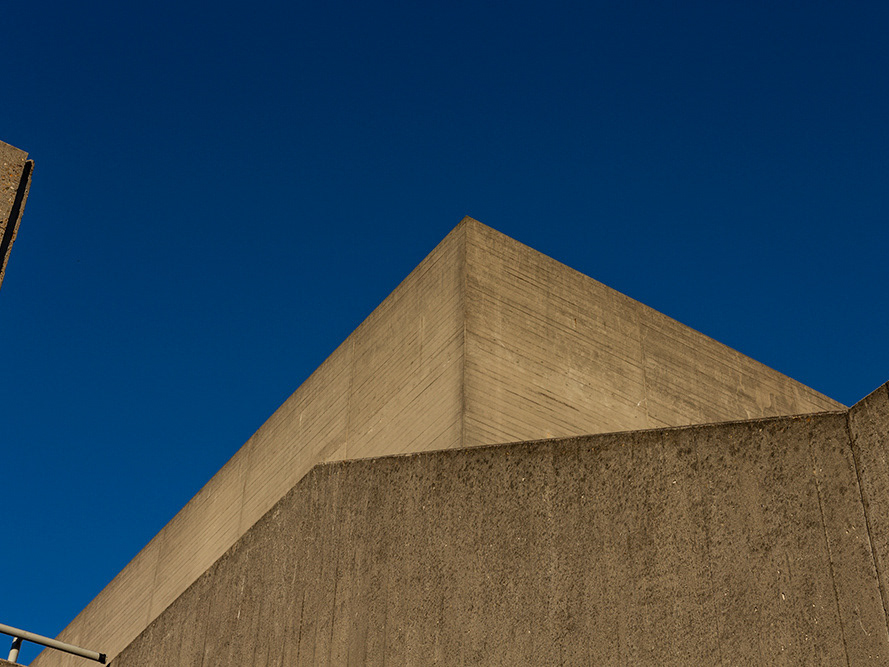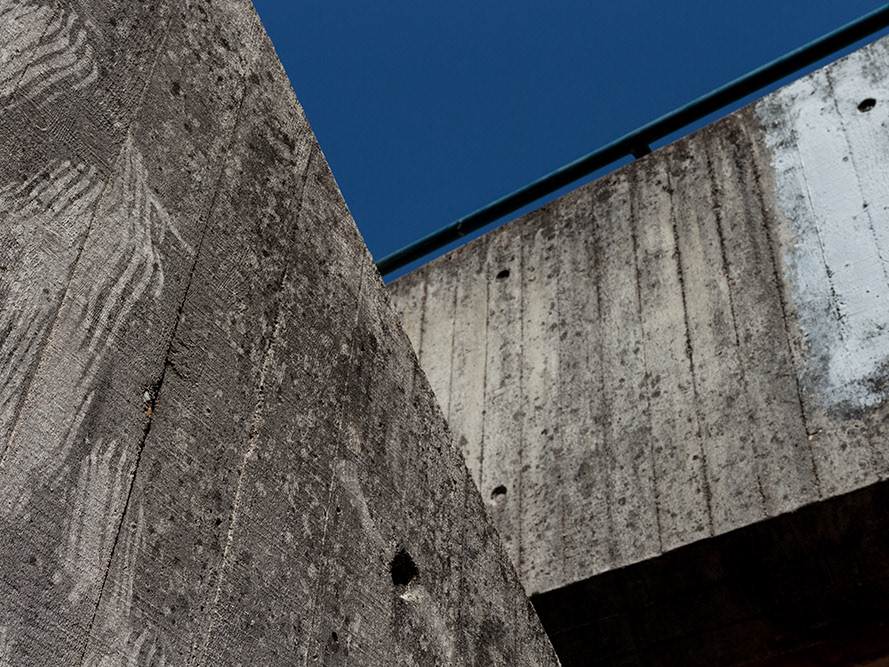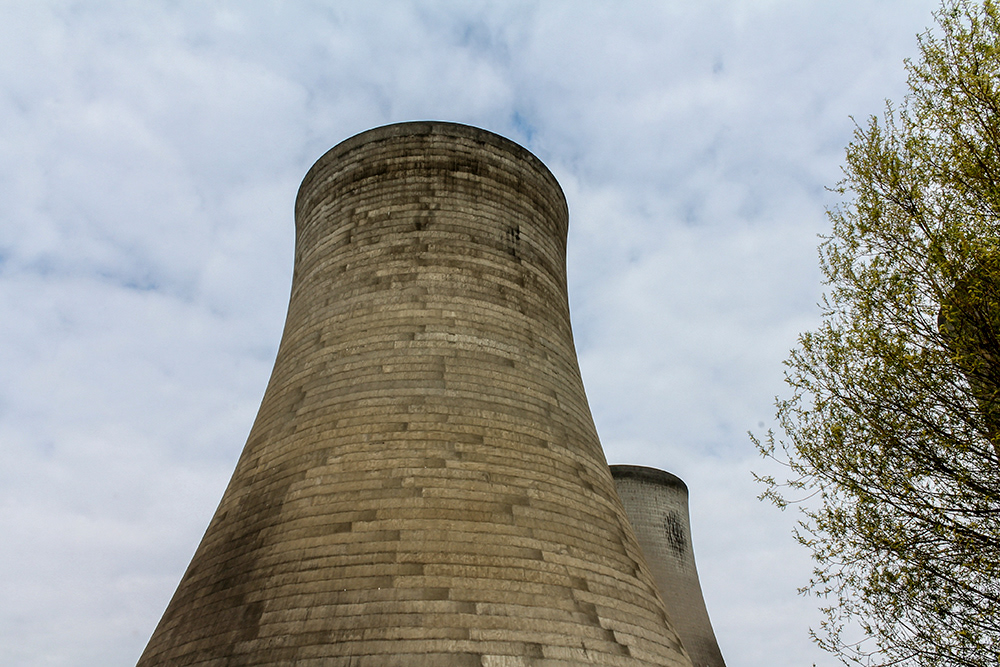
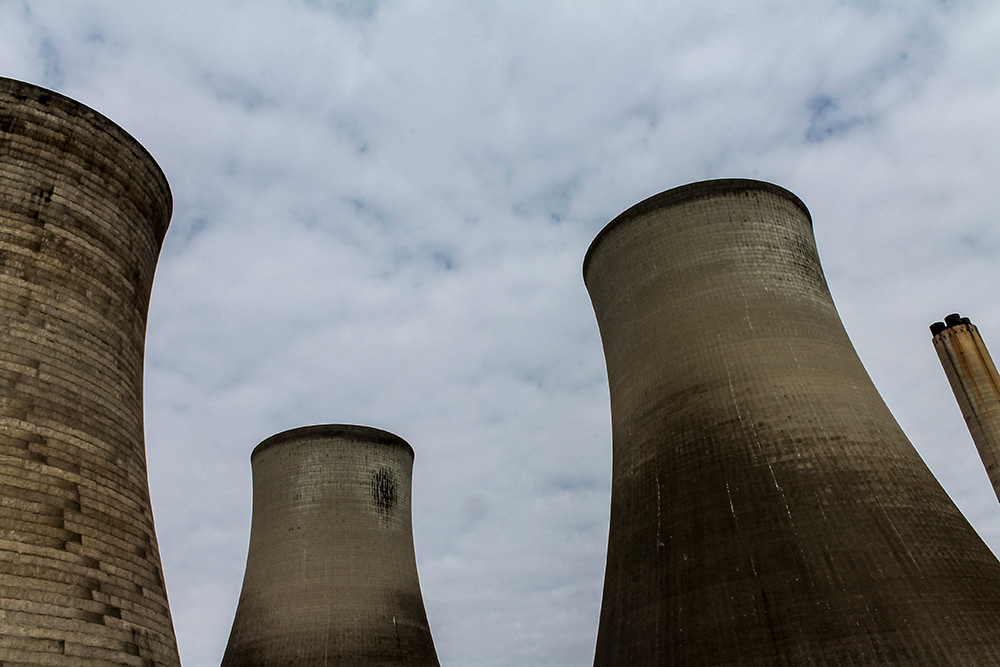
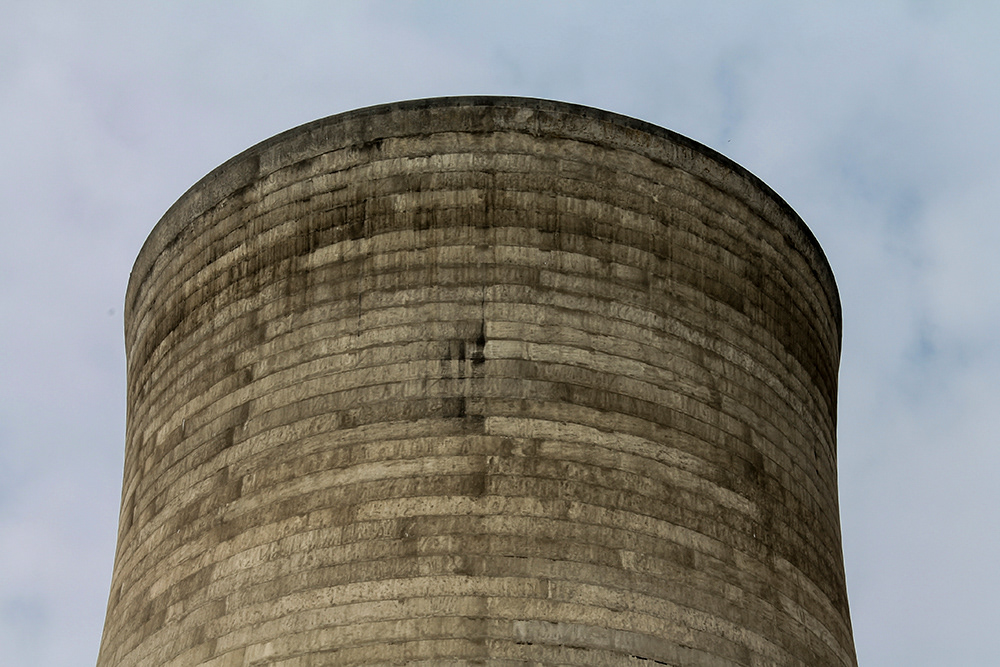



History
Didcot A Power Station is a coal and gas-fired power station, the site was completed in 1968 and was designed by the architect Frederick Gibberd. Gibberd designed many buildings throughout his career some of his notable works include that of the Harlow New Town, London Central Mosque, London Metropolitan Cathedral and the Didcot Power Plant. Much of his work has been inspired by that of the renounced architect Le Corbusier who's architectural envision paved the way for much of the Architecture that we see today and was designed during the 20th Century. This is present in some of his works including that of the Liverpool Metropolitan Cathedral, which notably takes somewhat of an ambitious design yet the lines and use of materials draws you to the Centrepoint and some of the key aspects of the building. As well as this the Fulwell Cross Library which incorporates aspects of both Modernism and Brutalism within that of his work.
During its peak times the power station has approximately 2400 workers to ensure that the power station operated a peak efficiency. Although an application was produced to try to give the Didcot A Power Station a listed building status, English Heritage however refused this status even though some of the features were unique to that of the architect whom designed the structure before its construction.
After closing in 2013 Didcot Power Station was set to demolish, however with some modernisation the power station could have remained open for another 15 years. Although the history of the site and it potentially becoming a listed building the site will be dismantled and in time the area could be redeveloped.
I think this site is unique throughout its design by Frederick Gibberd is somewhat unique in its design and has links that relate to that of the Brutalist Movement that was prominently seen throughout the 1950s-1960s. The site being demolished in 2014 shows that much of the history and the engineering that went into the design of the power plant by Frederick Gibberd has somewhat been lost due to the lack of the site being able to gain the listed building status.
Although this body of work was produced before the fruition of this series, I do think that it is an aspect of Architectural design that I wanted to include within this body of work as the Power Station follows a theme of Architectural innovation during the latter part of the 20th Century that is somewhat being lost due to its design appearing outdated or the site within itself no longer being able to serve the purpose that it was initially set out to achieve due to changing technologies.
